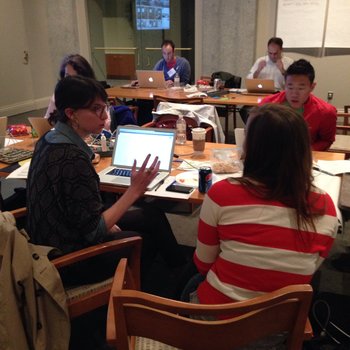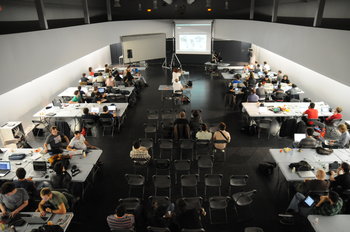
Emergent Change vs Planned Change
Emergent change is a strategy of quickly developing and shipping working features and improvements. Planned change is a strategy of planning and implementing long term strategies that may involve multi-year programs and projects.| Definition: Emergent Change & Planned Change | ||
Emergent Change | Change driven by small, frequent releases. | |
Planned Change | The implementation of a robust plan that spans months or years. | |
Tradeoffs
Emergent change is quick to respond to industry drivers such as markets, customer preferences, technology, risk factors and competition. Planned change allows for rigorous strategic planning, architecture, design, project management and risk management processes. The choice between the two depends on the nature of an initiative. Generally, emergent change addresses a need to innovate and planned change addresses a need for scale, structure and risk management.| Tradeoffs: Emergent Change vs Planned Change | ||
Emergent Change | Responsive to changing strategic drivers.Tends to be more innovative.Releases can be designed to fail well.Associated with lower quality.Often results in an ad hoc architecture and design.Regression testing can be a challenge. | |
Planned Change | Essential for large scale projects such as a bridge or space mission.Allows for a consistent architecture and design.Large releases may fail poorly.Allows for a diligent strategy, architecture and design.Less responsive to change.Associated with more rigorous designs, risk management processes and quality assurance testing. | |




























